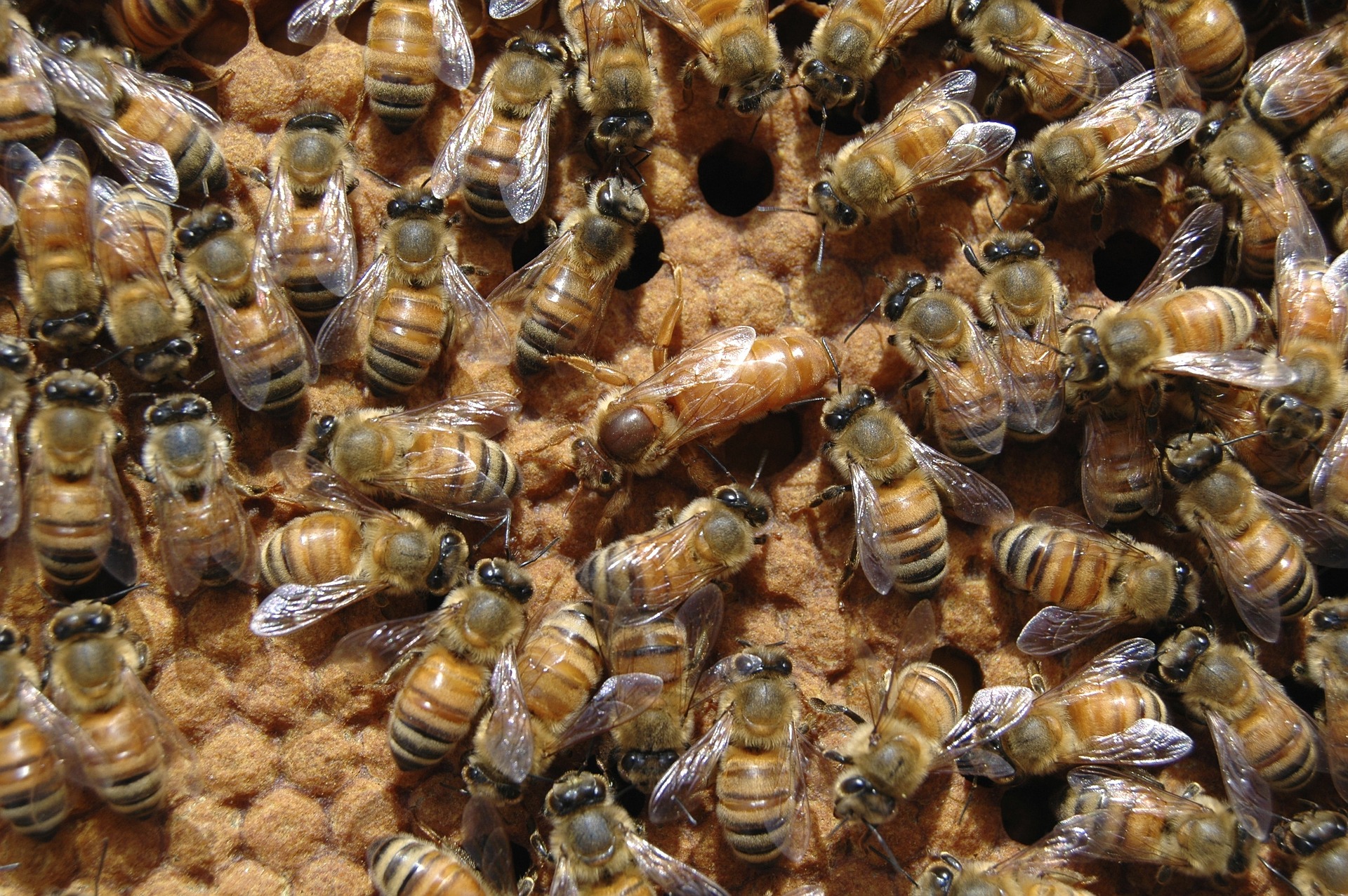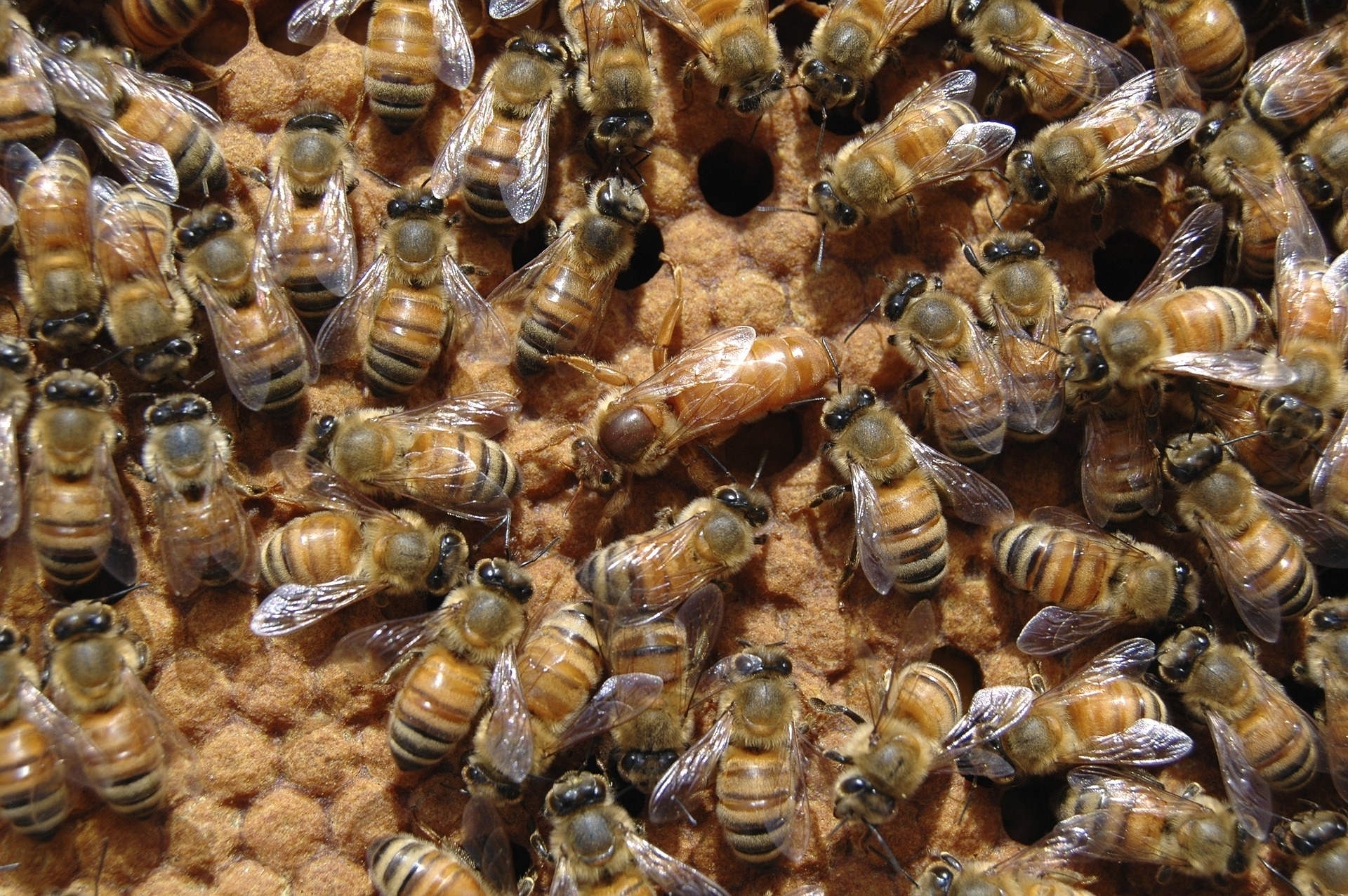By Jan Kreider, Ido Pen and Boris Kramer
This week our article on the evolution of ageing in social insects has been published in Evolution Letters. Using a simulation model, we explored evolutionary causes for the large divergence of queen and worker lifespans that is commonly found in eusocial organisms.
The castes of eusocial organisms exhibit extreme intraspecific lifespan differences, and due to this unique feature, social insects are increasingly gaining attention in ageing research. For instance, in a recent theme issue in Philosophical Transactions of the Royal Society B the relation between ageing and sociality was explored in great detail. The So-Long research unit, in which our project is embedded, is dedicated to understanding the evolution of ageing in social insects. Researchers in Germany, the Netherlands, Switzerland and Brazil closely collaborate to understand fundamental biological rules that connect fecundity, longevity, ageing, and health.
The aim of the research presented in Evolution Letters and in a recent preprint was to better understand the evolutionary drivers of the huge lifespan differences between queens and workers. Since the influential work of Keller and Genoud in 1997, it has been widely accepted that the lifespan differences between queens and workers are well-understood. Keller and Genoud argued that queens, who stay in well-protected nests, are more likely to reach old age than workers, who perform risky tasks, such as defending the nest or foraging. Consequently, selection against deleterious mutations that are only expressed at old age is stronger in queens than in workers; hence queens evolve to live longer than workers. In our paper in Evolution Letters, we explored the logic of this idea in a simulation model that builds on Williams’ famous antagonistic pleiotropy theory of ageing.

Why does the lifespan of queens and workers differ so much in eusocial insects?
In contrast to the classical predictions, our results show that lifespan differences between queens and workers readily evolve in the complete absence of caste-specific extrinsic mortality, and if caste-specific extrinsic mortality is present, the effect on lifespan differences is only minor. This can be explained by the different reproductive contributions of queens, who lay all the eggs, and workers, who are mostly sterile and do all the foraging and brood care. Due to this superorganismal organisation, the single queen is much more important for the reproductive output of the colony than workers, who can be replaced by younger workers, and consequently selection against mutations that have negative effects on survival is stronger in queens than in workers. A recent model targeting the evolution of tissue-specific ageing in multicellular organisms also supports this conclusion because it shows that division of labour between cooperating units leads to different rates of ageing. Furthermore, our model shows that lifespan differences between castes can be affected by antagonistic pleiotropy. If, for instance, limited resources need to be allocated between queen and worker survival, individuals in the colonies face resource allocation trade-offs. Our results show that such between-caste trade-offs more heavily reduce worker lifespans than queen lifespans, and thus increase lifespan differences between castes.
We hope that our paper in Evolution Letters, and our related work, will lead to a new perspective on why queens and workers of eusocial organisms evolve different lifespans. Furthermore, our findings also deliver novel insights into the evolution of tissue-specific ageing in multicellular organisms, which similarly to eusocial insects are composed of reproductive and non-reproductive subunits.
This work is based on the master’s project of Jan Kreider, who now is a PhD student in the Adaptive Life programme of the University of Groningen. Ido Pen is professor of Theoretical Evolutionary Ecology at the University of Groningen. Boris Kramer is postdoctoral researcher in the So-Long research unit at the University of Groningen. The original study is freely available to read and download from Evolution Letters.

